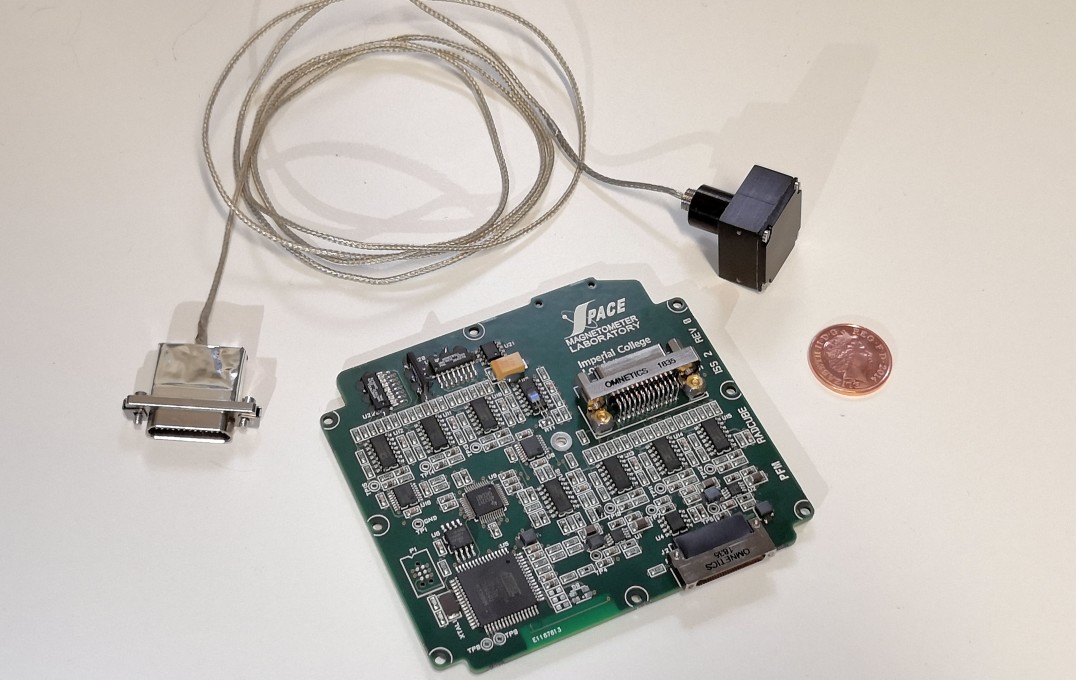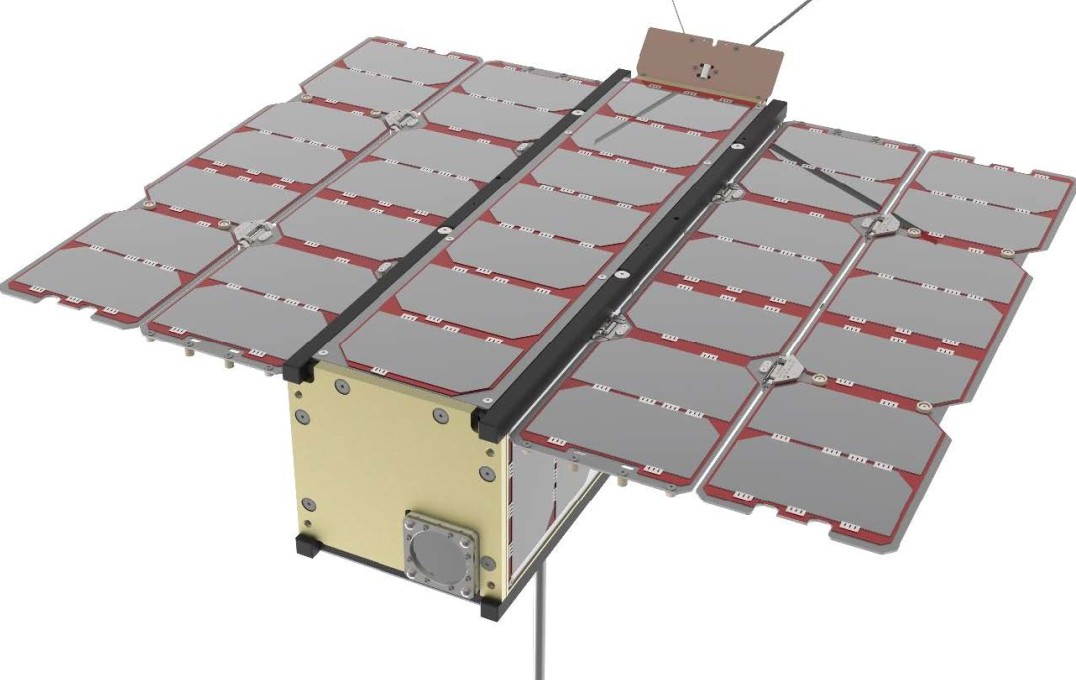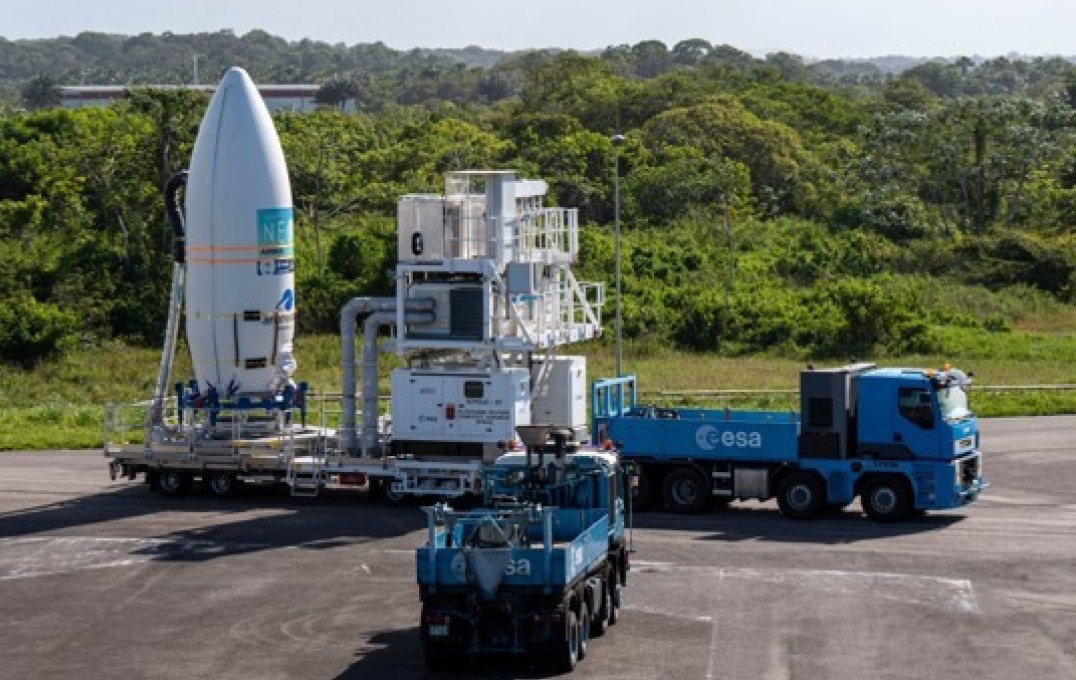Mini space mission launches with Imperial kit on board
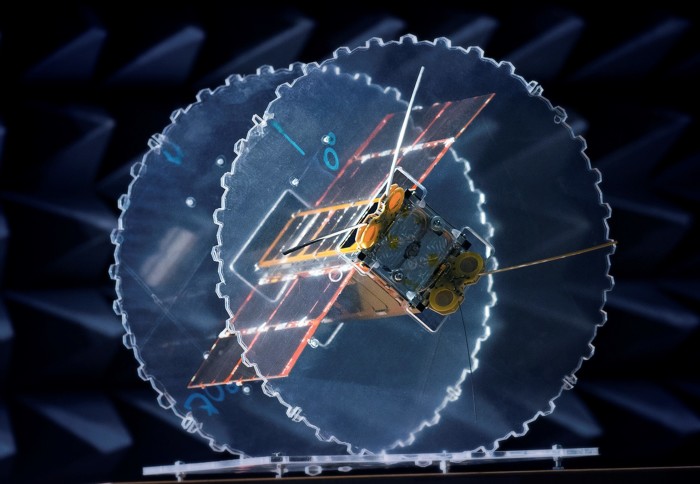
Testing of RadCube showing deployed solar panels and radio antennae. Credit: C3S LLC
The European Space Agency RadCube mission has launched with the aim of testing new technologies for monitoring potentially devastating space weather.
The RadCube mission is potentially the first step in a new era of monitoring space weather – the variations in the solar wind coming from the Sun, which can disrupt and damage satellites and infrastructure on Earth. On board is a miniature magnetometer instrument made at Imperial.
We can’t wait to get our first data back on what we hope will be a step-change in our ability to monitor space weather. Dr Jonathan Eastwood
RadCube is a ‘CubeSat’ mission - designed to use smaller, cheaper and lower-power components than traditional space missions. CubeSat spacecraft are typically constructed upon multiples of 10 × 10 × 10 cm cubes, and RadCube is made up of three of these base units.
Space weather is a significant threat to infrastructure resilience, as it can affect power grids, navigation, and radio communications. Space weather is listed on the UK National Risk Register, and is increasingly recognised as a major issue given the increasing role of advanced technologies in all aspects of everyday life.
The technologies in RadCube, if proven to work well in space, could be used in a range of future missions, such as constellations of multiple small satellites working together to measure the solar wind. A constellation of space weather satellites in near-Earth space would be invaluable for monitoring and forecasting space weather events, such as coronal mass ejections, solar flares, and geomagnetic storms.
Creating MAGIC
Members of Imperial’s Department of Physics created a mini magnetometer instrument for RadCube called MAGIC – (MAGnetometer from Imperial College). MAGIC will measure disturbances in the Earth’s magnetic field caused by geomagnetic storms.
The individual detectors on MAGIC are less than a millimetre in size, and the total instrument sensor is only eight centimetres cubed, weighing in at just 23 grams. This is in comparison to the sophisticated magnetometers the lab builds for large and expensive space missions, such as the recent Solar Orbiter mission and the upcoming JUICE mission, which are much larger and weigh several kilograms.
The MAGIC instrument also uses less than a watt of power, compared to up to 20 watts for the larger instruments. While MAGIC is not as sensitive as these larger instruments, as it is much cheaper to build and uses far less power, the technology could be carried on several spacecraft working in tandem. In this way, the lower-quality data is compensated by a much larger volume of data.
In a pan-European consortium, the RadCube spacecraft was built and is operated by C3S LLC of Hungary, a cosmic radiation detector was constructed by the Centre for Energy Research in Hungary, and the MAGIC instrument will sit on the end of a boom constructed by Astronika in Poland.
Special delivery
Principal Investigator for the MAGIC instrument, Dr Jonathan Eastwood from the Department of Physics at Imperial, said: “I’m incredibly excited the mission is finally launching! The team has worked tirelessly through the lockdown to deliver the MAGIC instrument, and we can’t wait to get our first data back on what we hope will be a step-change in our ability to monitor space weather.”
The mission launched at around 02:47am (BST) on 17 August atop a Vega rocket from Europe’s Spaceport in French Guiana, an area of France in South America. RadCube is a ‘piggyback’ mission, meaning it hitched a rise to space as an ‘extra’ to a larger mission – in this case Airbus Defence and Space’s Pléiades Neo 4 Earth Observation satellite.
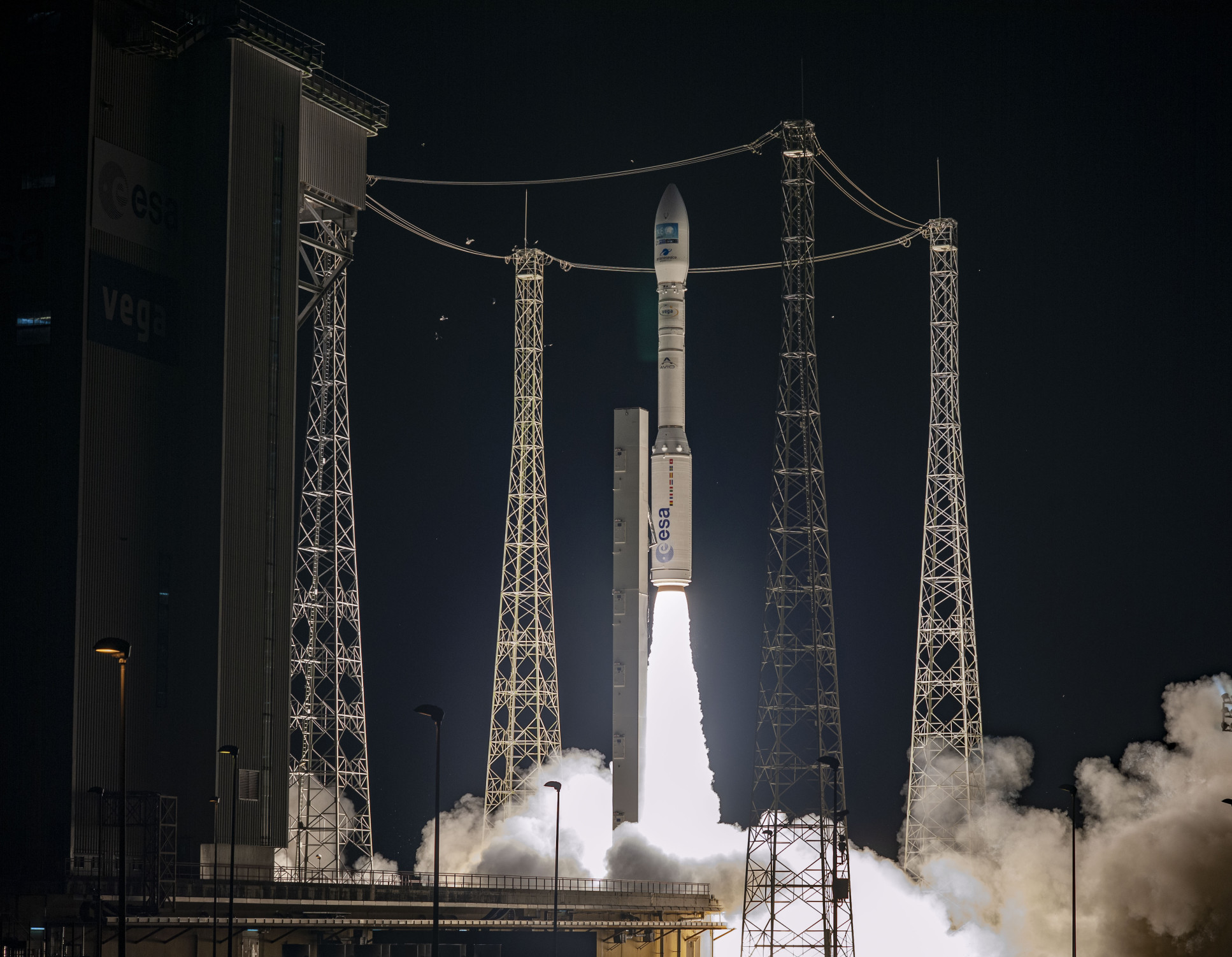
Imperial’s participation in RadCube is funded by the UK Space Agency via participation in the ESA General Support Technology Program (GSTP).
Article supporters
Article text (excluding photos or graphics) © Imperial College London.
Photos and graphics subject to third party copyright used with permission or © Imperial College London.
Reporter
Hayley Dunning
Communications Division
